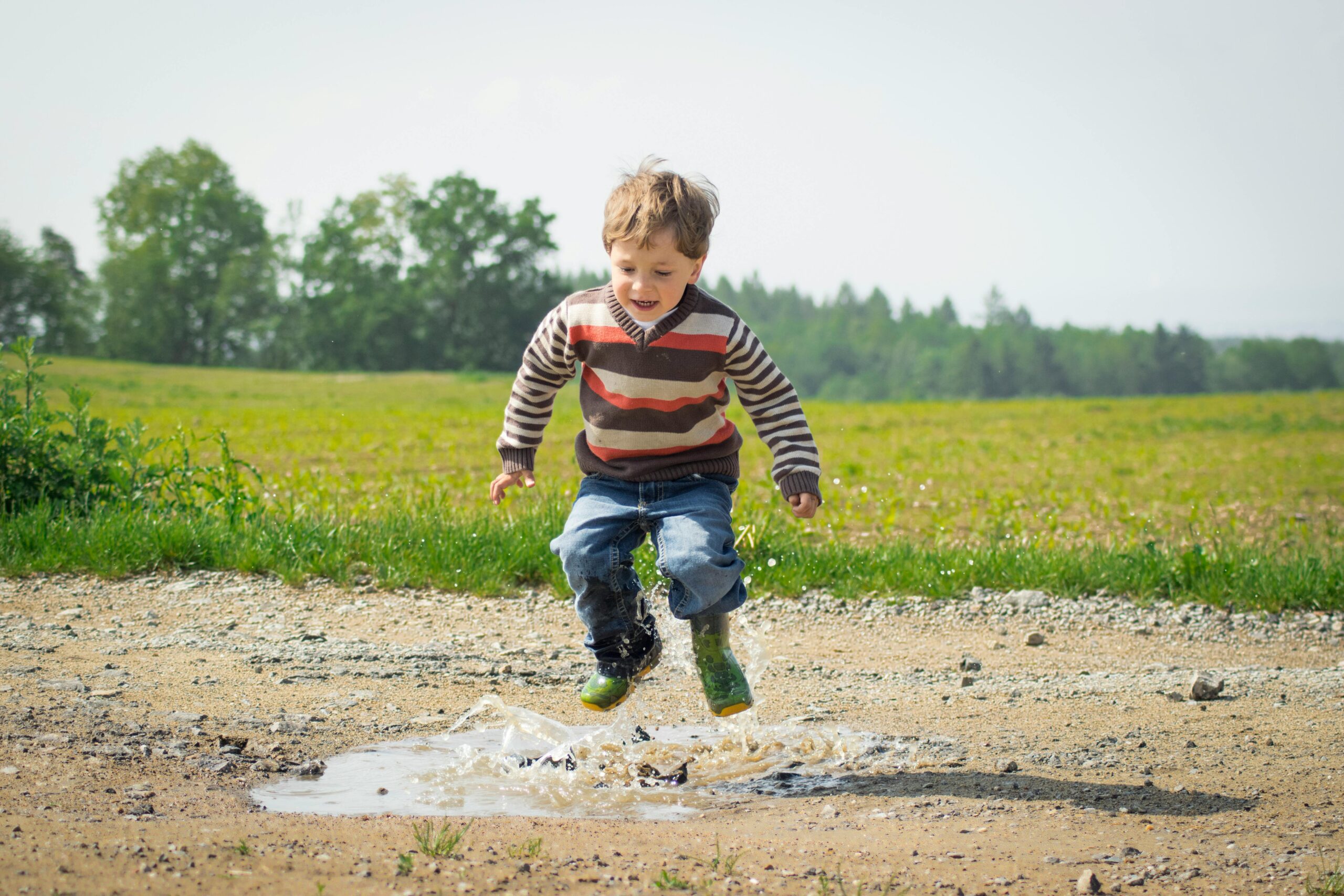In an unsafe world, Parents are keeping kids close, but curbs on their movement come at a cost.
Like many Mumbaikars who grew up before the turn of century. Evenings were spent playing freely in the building compound or the nearby park, with no adult supervision.
Many millennial parents — caught between wanting to protect their children and the need to give them space to grow. They don’t want to hover or stifle their kids, knowing how crucial independence and street smarts are. But the incidents they hear and read about makes it hard to let go.
Overprotectiveness is most pronounced among the educated upper middle class. “The upper middle class thrives on anxiety and want to play safe all the time, so being too careful is pretty much the norm for them.”
This trend isn’t limited to India. American parents often prioritize protection over independence. Many push back against suggestions of giving kids more space, saying “It’s not safe,” even as they agree that independence is essential for children to thrive and learn vital life skills.
NO GENDER GAP:
When girl parents have always been careful, parents with boys are becoming cautious.
THE COST OF SAFETY:
Experts warn that while parents may believe they’re keeping their children safe by staying hyper-alert — sometimes quite literally sleeping with one eye open — they may actually be doing more harm than good. Recent studies have linked overprotective parenting to higher risk of anxiety, anger issues, depression, and even reduced life expectancy in children.
Parents are focusing too much on keeping their kids physically safe, but are not as vigilant about their virtual safety. Parents need to worry about what content their child sees online and what they do on social media. They need to make kids spend less time with a screen and promote far more interaction with life.”
When I was a child, we all would break a bone or two at some point. The broken bones are mendable, but their childhood will not come back. We should let them play.
FIND A BALANCE:
A balance can be struck. “Parents need to understand that if they want to grow, they need to take some risks There is no situation when there is no risk. We don’t need to make our kids play on balcony ledges to make them stronger, but we should not cocoon them either.”
TECH TO THE RESCUE:
Some parents are turning to technicians to ensure their children’s safety when they’re alone.
USE CONTROLLED EXPOSURE:
“Should we send our kids out on their own? The answer is a big yes. Is the situation difficult compared to our times? The answer is yes, again. But that does not change the need to change the need to teach children to live on their own. There is no guarantee, that we will be alive tomorrow, and the world is not getting any safer, so we have to train our kids to be independent today.”
The only way to prepare is to start early.





